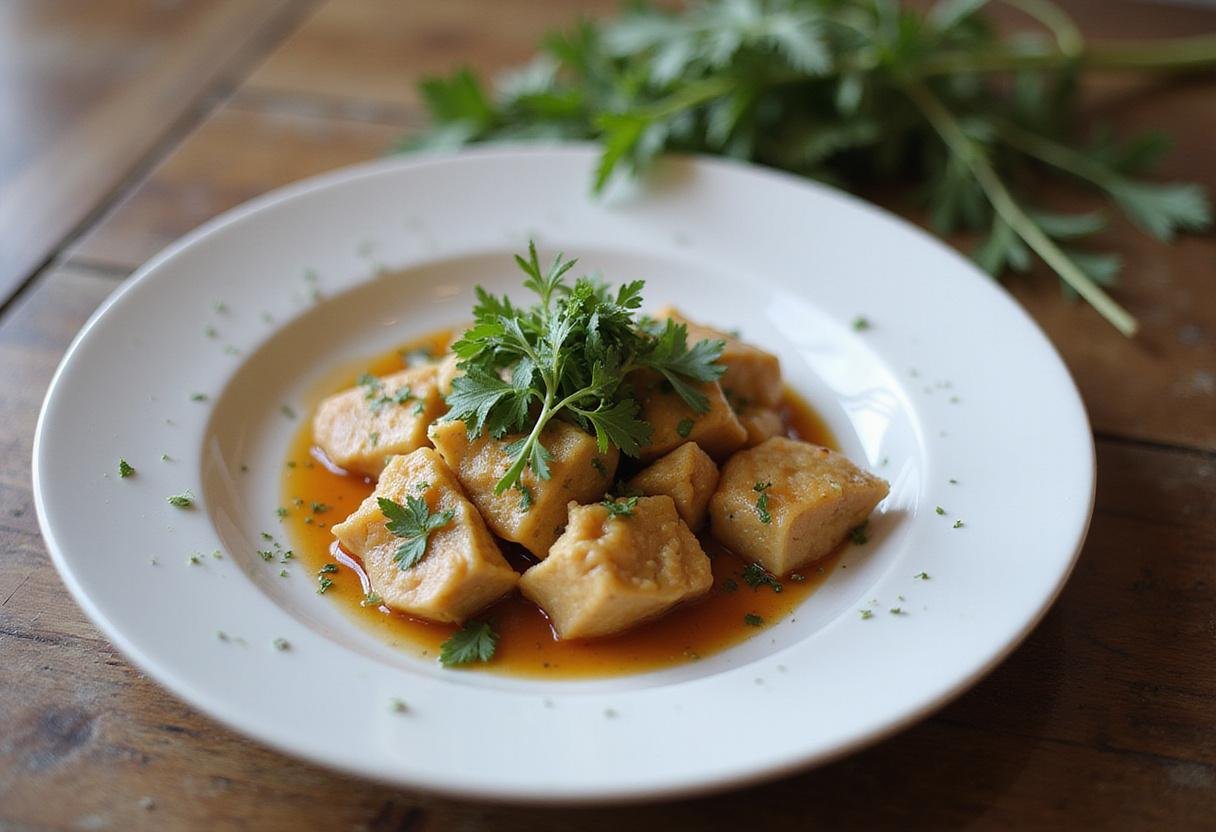Sage Substitute: The Ultimate Flavor Enhancer 🌿✨🥘
1. Introduction: Finding the Perfect Sage Substitute

If you’re searching for a fantastic sage substitute that retains the essence of this aromatic herb, offering that distinctive earthy flavor, you’ve landed in the right place! Sage is renowned for its earthy and slightly peppery flavor, often gracing dishes like roasted meats, stuffing, and sauces. It’s a staple in many Thanksgiving recipes and autumn-inspired meals. But what happens when you run out of sage, need an alternative, or simply want to explore different flavor profiles? Whether exploring new dinner recipes, lunchtime creations, or even unique breakfast ideas, having a reliable sage substitute is invaluable. In this guide, we will explore various options and how to create your own sage substitute blend that will elevate your culinary creations. We’ll cover everything from individual herbs that stand in well to creating custom blends for the perfect taste. Let’s dive in and unlock the flavorful world of sage substitute!
2. Ingredients for Your Homemade Sage Substitute
Creating a delicious and effective sage substitute requires just a few simple ingredients. Here’s what you’ll need to craft your flavorful blend:
- 1 tablespoon dried rosemary: Known for its piney and robust flavor, rosemary adds a depth similar to sage.
- 1 tablespoon dried thyme: Thyme offers a slightly minty and earthy note that complements rosemary beautifully.
- 1 tablespoon dried oregano: Oregano brings a hint of peppery warmth to the blend, enhancing the overall flavor profile.
- Salt to taste: Enhances the flavors of the herbs.
- Pepper to taste: Adds a subtle spice and complexity.
These ingredients combine to create a versatile sage substitute that can be used in a variety of dishes. For more inspiration, check out our other recipes here!
3. Step-by-Step Instructions: Crafting Your Sage Substitute Blend
Step 1: Gather Your Fresh Herbs (or Dried Equivalents)
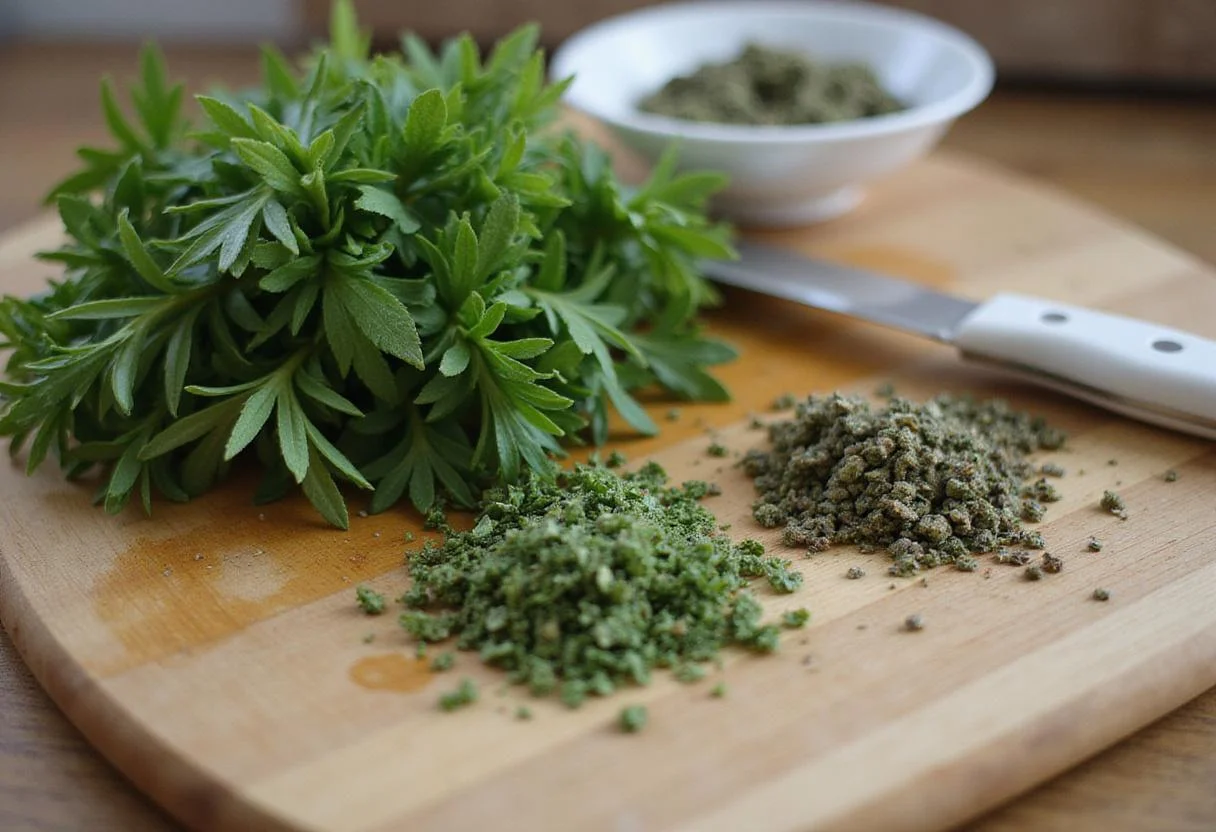
Start by gathering fresh herbs that are commonly used as a sage substitute. Rosemary, thyme, and oregano are excellent choices that can complement various dishes. If using fresh herbs, remember that their flavors are more potent, so you may need to adjust the quantities used. These herbs provide a robust flavor that can help mimic the characteristics of sage. For optimal results, ensure your herbs are of high quality. You can find great herbs at your local farmers market.
Step 2: Measure Your Dried Herbs for the Perfect Blend
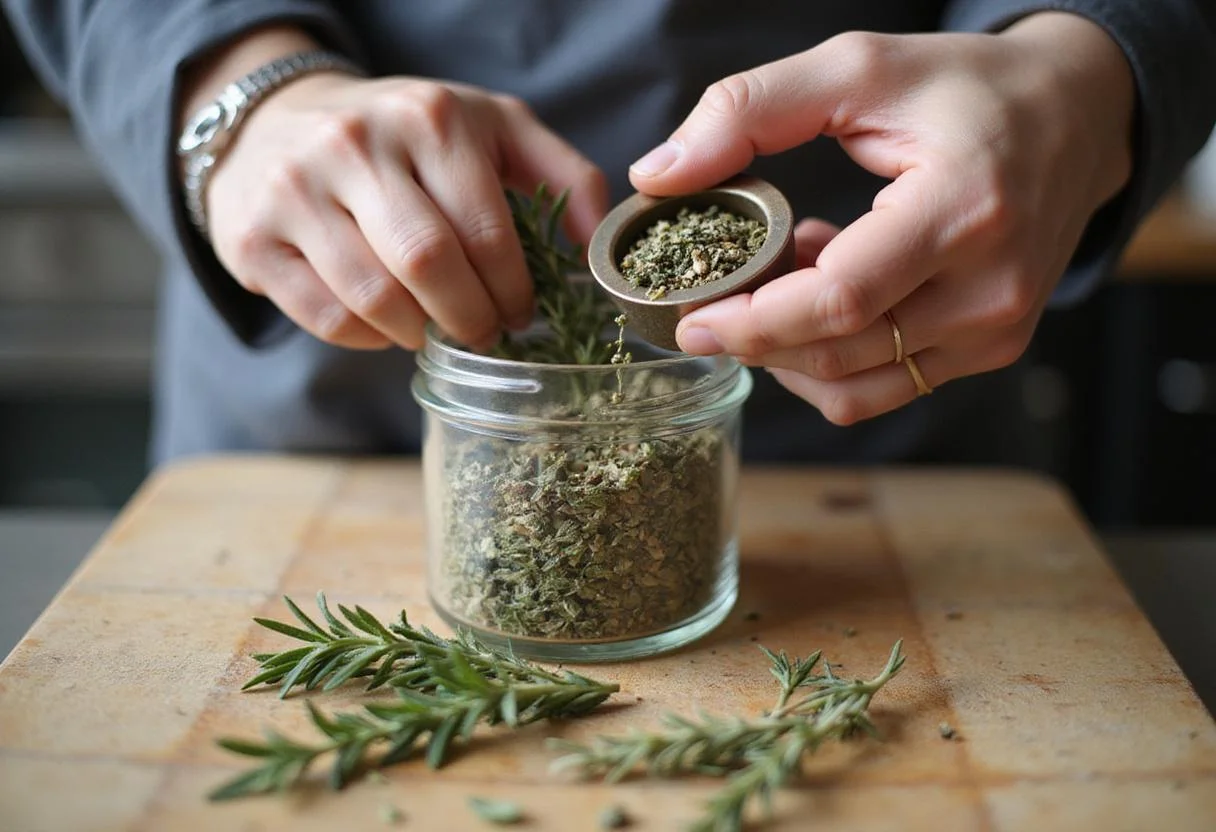
Once you have your herbs selected, measure out 1 tablespoon each of dried rosemary, thyme, and oregano. Ensure the herbs are finely crushed – this will help blend their flavors properly, creating that desired sage-like taste you’re aiming for. Using the right proportions is essential to achieving a balanced and flavorful sage substitute. If you’re looking for a lighter flavor, you might consider slightly reducing the amount of rosemary.
Step 3: Mix Your Herbs to Create Your Sage Flavor Profile
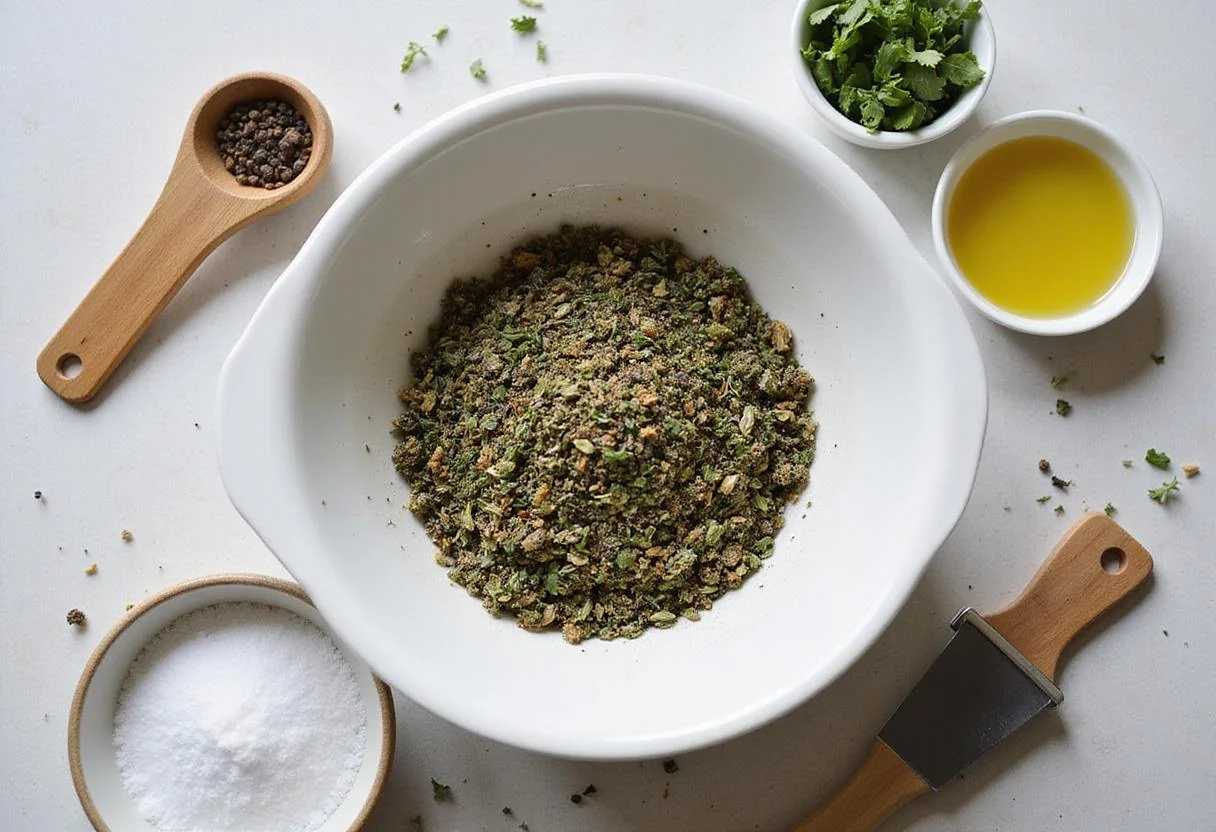
In a mixing bowl, combine the dried herbs with a pinch of salt and freshly ground pepper. Stir well until you achieve a homogeneous blend. This homemade sage substitute can be adjusted based on your taste preferences – feel free to add more or less of each herb. For a more intense flavor, consider toasting the herbs lightly in a dry pan before mixing. Also you can explore different blends for lunch here!
Step 4: Store Your Sage Substitute for Later Use
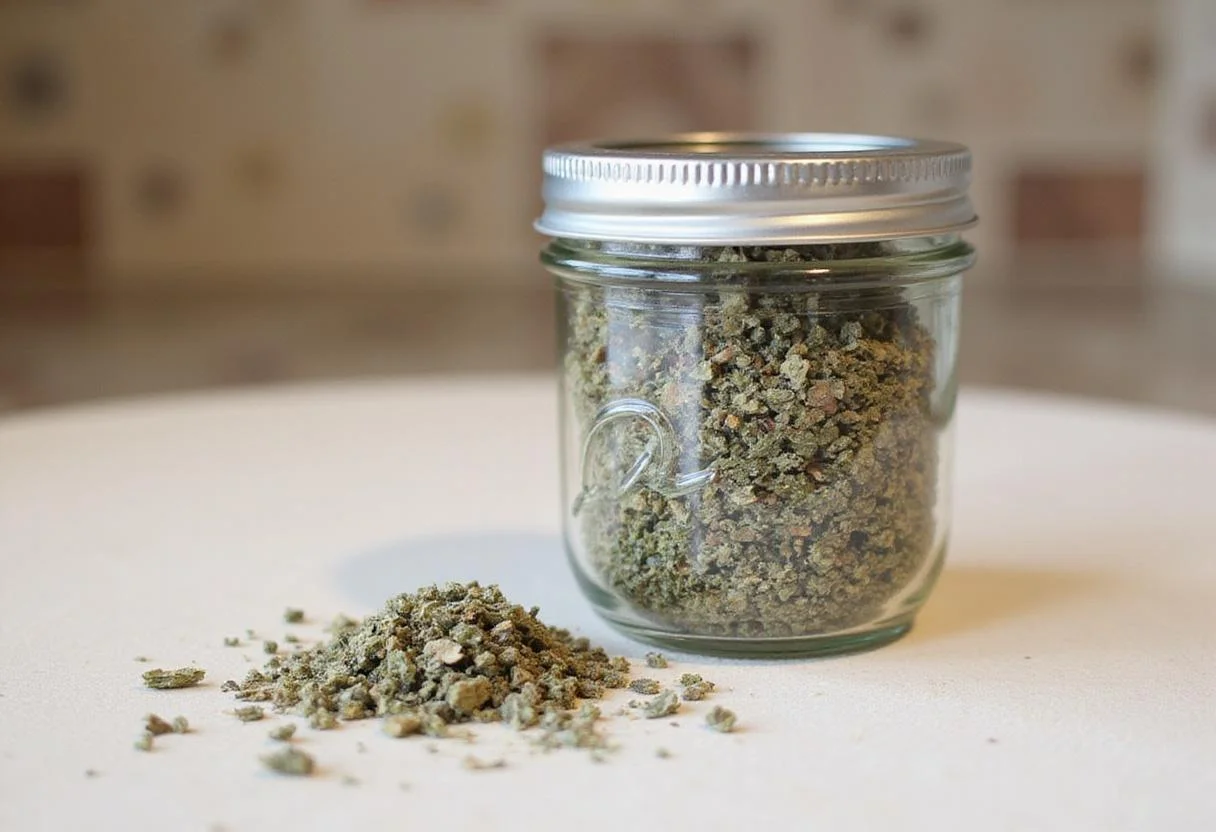
Transfer your sage substitute blend into an airtight jar. Store it in a cool and dark place to maintain its flavor – it should last for several months. Make sure the jar is properly sealed to prevent moisture from getting in. This versatile blend can be used in any recipe that calls for sage, and now you’re ready to explore new delectable dishes! Check out some great dinner recipes here.
4. Essential Storage Tips to Preserve Your Sage Substitute
To keep your sage substitute fresh and flavorful, always use clean, dry utensils when scooping out the blend. This prevents the introduction of moisture, which can cause the herbs to clump or lose their potency. Avoid exposing it to moisture and excessive heat. Spices and herbs naturally lose their potency over time, so aim to use your blend within six months for the best flavor. Consider labeling the jar with the date you made the blend to keep track of its freshness.
5. Serving Suggestions: Unleashing the Versatility of Your Sage Substitute
This sage substitute works beautifully in a myriad of dishes, offering a delightful twist to your favorite recipes. It can be incorporated into roasted vegetables, adding an aromatic touch to your side dishes. It’s also fantastic added to marinades, infusing meats with a complex and savory flavor. Don’t hesitate to sprinkle it over pizza for an herbaceous note, sprinkle it into a pasta sauce for added depth, or blend it into soups and stews to enhance their warmth and richness. Experimentation is key! Consider using it in stuffing recipes or as a seasoning for poultry. For other tasty recipes check this zucchini bread.
6. Frequently Asked Questions (FAQs) About Sage Substitutes
What is a good ratio for a sage substitute to mimic the original flavor?
A good ratio is 1 tablespoon of each of rosemary, thyme, and oregano to replace 1 tablespoon of sage. This combination provides a balanced flavor profile. However, adjust based on your taste preference to achieve the desired outcome.
Can I use fresh herbs instead of dried for my sage substitute?
Yes! Use three times the amount of fresh herbs compared to dried. Fresh herbs can provide a vibrant flavor but will have less concentration than dried herbs. Ensure fresh herbs are finely chopped before adding them to your recipes to evenly distribute their flavors.
How long will the sage substitute last, and how should I store it?
If stored properly in a cool, dark place, your sage substitute can last for up to six months, maintaining its best flavor profile. Ensure it’s stored in an airtight container away from direct sunlight and heat. Using a dark glass jar can also help preserve its quality. You can also see this external source: Reddit about sage replacement.
7. Conclusion: Elevate Your Cooking with the Perfect Sage Substitute
Now that you know how to create your own sage substitute, you can confidently cook without worry, adding depth and complexity to your dishes. This blend not only captures the essence of sage, but it also offers unique flavors that can enhance your dishes. Whether you’re making a savory stuffing, a flavorful roast, or a comforting stew, this substitute will undoubtedly elevate your culinary creations. Remember to store your blend properly to ensure the best results and lasting flavor. Enjoy your cooking adventures with your exquisite sage substitute blend! And feel free to explore other exciting pizza recipes like this one!
Print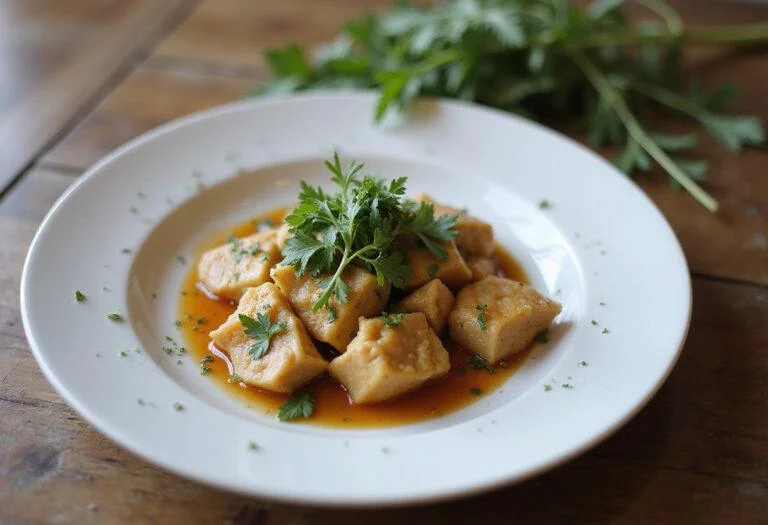
Sage Substitute
Discover the perfect sage substitute with this easy recipe, combining dried rosemary, thyme, and oregano for a flavorful blend that enhances your dishes. Ideal for those moments when sage is unavailable, this alternative brings the earthy and peppery essence of sage to your cooking.
- Total Time: 10 minutes
- Yield: Approximately 3 tablespoons 1x
Ingredients
- 1 tablespoon dried rosemary
- 1 tablespoon dried thyme
- 1 tablespoon dried oregano
- Salt to taste
- Pepper to taste
Instructions
- Gather your fresh herbs, including rosemary, thyme, and oregano.
- Measure out 1 tablespoon each of dried rosemary, thyme, and oregano, ensuring they are finely crushed.
- In a mixing bowl, combine the dried herbs with a pinch of salt and freshly ground pepper. Stir well.
- Transfer the sage substitute blend into an airtight jar and store in a cool, dark place.
Notes
- Use clean, dry utensils to scoop the sage substitute to keep it fresh.
- Avoid exposing the blend to moisture and excessive heat.
- For optimal flavor, use the blend within six months.
- Prep Time: 10 minutes
- Cook Time: 0 minutes
- Category: Condiments
- Method: Mixing
- Cuisine: Universal
- Diet: Vegan
Nutrition
- Serving Size: 1 tablespoon
- Calories: 5 Kcal
- Sugar: 0g
- Sodium: 1mg
- Fat: 0g
- Saturated Fat: 0g
- Unsaturated Fat: 0g
- Trans Fat: 0g
- Carbohydrates: 1g
- Fiber: 0g
- Protein: 0g
- Cholesterol: 0mg

